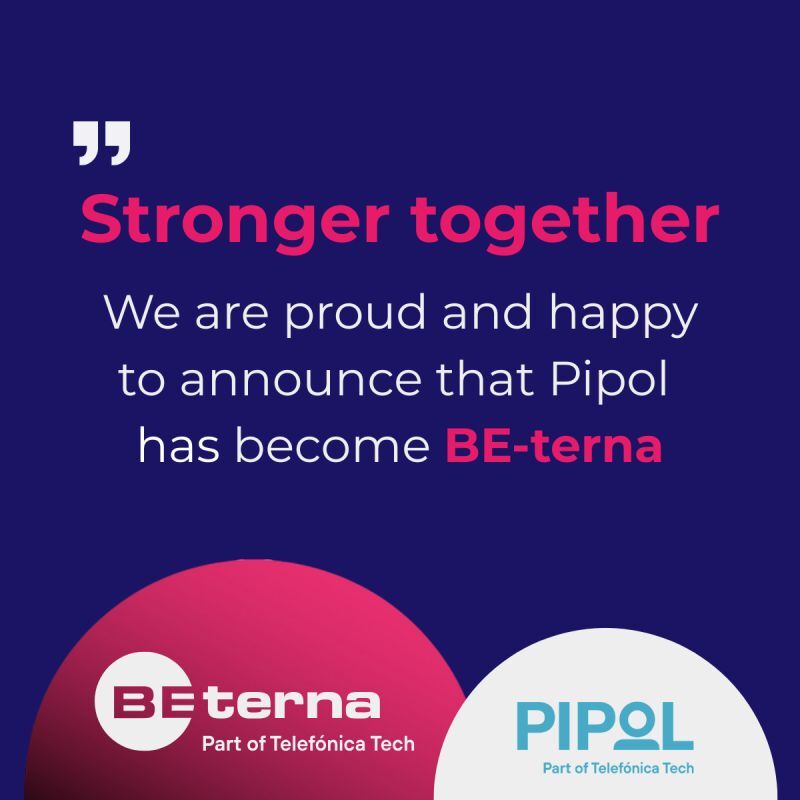Our many years of experience have taught us that when an ERP implementation fails, it is much more about the people involved than it is about the technology involved. Forrester Research has documented this fact many years ago. And throughout the years, many studies have shown the same result: Users’ resistance to adapt is the main cause of ERP project failures.
The challenge of ERP adoption has haunted the business world for years—and it’s a problem that persists. If change is at the heart of this issue, how can you use change management to ensure a successful project?
In large international organizations, headquarters often decide to roll out a new ERP solution across subsidiaries, with group management pushing for new global processes to be implemented alongside the system. However, if the human factor is not handled thoughtfully, users may resist adoption, potentially sabotaging the entire project.
Understanding Resistance to ERP Adoption
Before addressing the resistance, it’s crucial to understand its root causes. Is it simply a general resistance to change? Not necessarily. Resistance often arises when the processes themselves are flawed or poorly suited to the organization. Here are some key questions to consider:
- Are the global processes of high quality?
- Is your organization well-informed, involved, and ready to support the change?
- Is resistance varying across different regions or countries?
Human nature and cultural differences should not be underestimated when implementing changes to business processes. These factors can significantly impact the success of your ERP project.
3 Practical Change Management Tips Before You Start
When faced with resistance to change in an international ERP implementation project, you might ask yourself: How can I break down change resistance? Our answer is: Ensure the Quality of Global Processes, Check Your Ambition Level and Carefully Choose Your Implementation Method
1. Ensure the Quality of Global Processes
Before you begin harmonizing processes, confirm that the proposed global processes are of high quality and based on best practices that can benefit the entire organization. Global processes are often challenged at the local level, but this resistance isn’t always due to a reluctance to change. If users are not accepting the new process, it may indicate that the process has quality issues or is unsuitable due to local conditions.
2. Check Your Ambition Level
The level of ambition for change must align with your organization’s maturity. If your company is mature, centrally driven, and capable of making efficient decisions from operational headquarters, then having everyone work on the same system may be appropriate. However, if your organization has not yet harmonized its processes and operates with diverse procedures, a more evolutionary approach to harmonization may be the better solution.
3. Carefully Choose Your Implementation Method
To avoid delays, choose a flexible implementation method that supports international harmonization without unnecessary setbacks. A CORE solution approach might be ideal, allowing entities to run individual copies of a harmonized platform. This method includes all common company-wide processes and features while enabling local adaptations without disrupting processes in other entities or companies using the same system.
Focusing on the Future
Whether the issue is a lack of buy-in for change or genuine resistance from users, your goal should be to ensure that your entire organization is focused on the optimized future scenario rather than today’s shortcomings. Many challenges can be resolved through effective communication and dialogue with users before the project kickoff.
The basic rule for successful change management is to make a realistic plan for change. Once that plan is in place, you can begin to think about how to manage the change within your organization.
Bottom line
Success in ERP implementation often hinges on a thoughtful, well-executed change management strategy that takes into account both the human factor and the quality of the processes involved.
Contact us if you would like to discuss your specific situation and how to implement an ERP solution across borders.
With over 20 years of experience in international ERP implementation, Pipol is present in more than 85 countries through our alliance with local partners. We are here to help you succeed.



